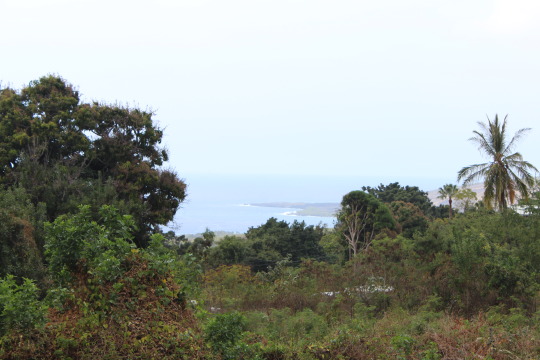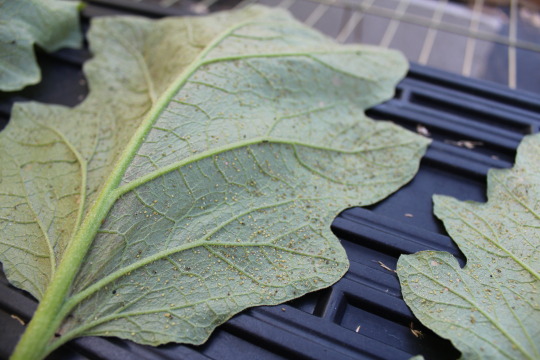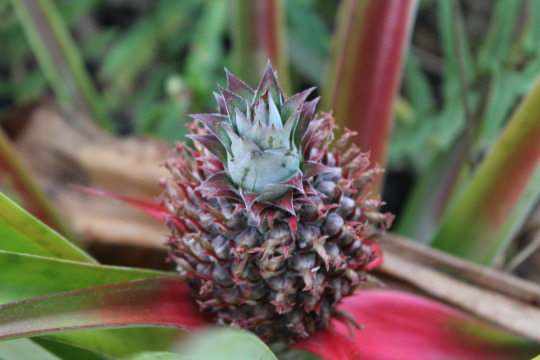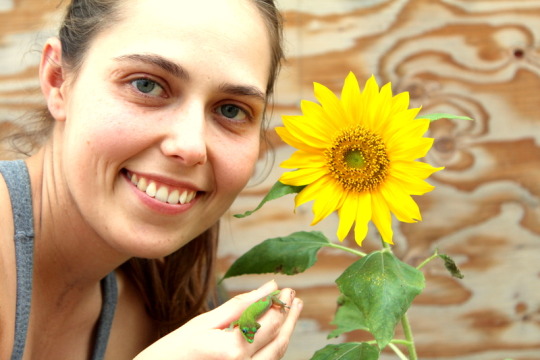Written by Nayara Toscano, MESA Steward 2015-2016
Aloha everyone!
I am Nayara, from Brazil. I started my program with MESA last year. I have been living in Hawai’i for 4 months now and I would like to describe what farming on the Big Island is like.

Welcome to paradise! Besides big resorts, gorgeous beaches and Luaus, Hawai’i has a lot of people working really hard to try to grow organic food and maintain the native species, respecting the resources that are available here!
First of all, we need to understand how the Hawaiian Islands were formed. Big Island, county of Hawai’i is the newest island in the state, with its formation from main volcanoes Mauna Loa and Mauna Kea. Because of that, soil here is very rocky, from lava and is lacking in many nutrients, so our first challenge is how to find or produce good soil for farming. There are a few things that farms here usually do to improve the quality of soil, and making compost is the first one. Compost, cover crop, mulch and vermicompost work together to add organic matter in the soil.

The second challenge is the weather. Big Island has more than five different microclimates and you can feel the difference as you go around the island. The change in altitude has a big influence, changing from sea level to 5000 feet (or more, at the highest point in the mountains). You don’t see defined seasons, it has high humidity, high temperatures and some variations between dry and rainy seasons. Here we are in Captain Cook, South Kona, at an elevation of 1,250 feet. When I got here in winter, the days were very hot, the nights a little bit chilly.
The land was very dry, so you have to set up a good irrigation system if you wanna grow more than the crops that have already adapted to high temperatures and little water. It is common here for farms to have one or more water tanks to save rainwater, which also saves money.
Now that it’s Spring, the temperature keeps pretty much the same as winter with some rain, which is good for the crops but at the same time makes the weeds grow very fast too! What I have seen a lot here is the use of cardboard to suppress weed growth, after some years the cardboard will decompose. Sometimes black plastic or weed mats
are used.

Work in the greenhouse is a challenge for us because, besides high temperatures, we have problems with pests such as: white flies, aphids, scale, grasshoppers, and others which we have tried to control using some natural control as spraying organic products or using companion plants.

The third challenge is associated with the island environment, and it’s very particular. It’s very important to
understand the biodiversity here and make an effort to preserve native species. Most of the species (animals and plants) that we find here were introduced by the Polynesians, and we have to be careful with regard to introducing any more because they can easily become an uncontrolled pest. For example, coffee farms are now having problems with CBB – Coffee Berry Borer, a beetle that damages the coffee berry and causes huge crop loss.

One major need which is associated with island environment is food security. The Hawaiian islands have
80-90% of its food imported from other states, which makes food here very expensive and limited. Food Basket is a program designed “to feed the hungry in Hawaii County while attending to the root causes of this critical social problem.” Families can sign up to receive a weekly basket with vegetables and fruits from local farms. It is a way to support local farms for an affordable price. Now we just started a new pick up point in Captain Cook, with the intention to facilitate the access for people who live at this side of the island. It’s awesome to see how people are excited to receive their baskets and the goal now is having more people to sign up!

Another need that I feel here is that Hawai´i needs to have seeds adapted to its environment. Most seeds that you buy from companies have specific sowing or transplanting instructions according to when the farm will get frost. Here in Hawai’i, it doesn’t make much sense. I was able to participate in a Seed Exchange and I could see how important it is have a seed bank with seeds more adapted to this environment. It’s also very important to not be so dependent of big seed companies.

In view of all these challenges and needs, you can imagine how important food sovereignty is for Hawai’i. Having the power to grow enough food for the island would give Hawaiians more autonomy and choices. I know that the main economy comes from tourism and I think farms can take advantage of it, but living here makes me think about the Kama’aina (child of the land) – the Hawaiian residents and their needs. Taking care of the soil, keeping the land productive, supporting local farms, buying products grown with good practices are just a few things that we can do to achieve food sovereignty.

It has been a great experience for me learning about the islands and their challenges. But Hawaiians
don’t give up easily, me neither!
Mahalo!
